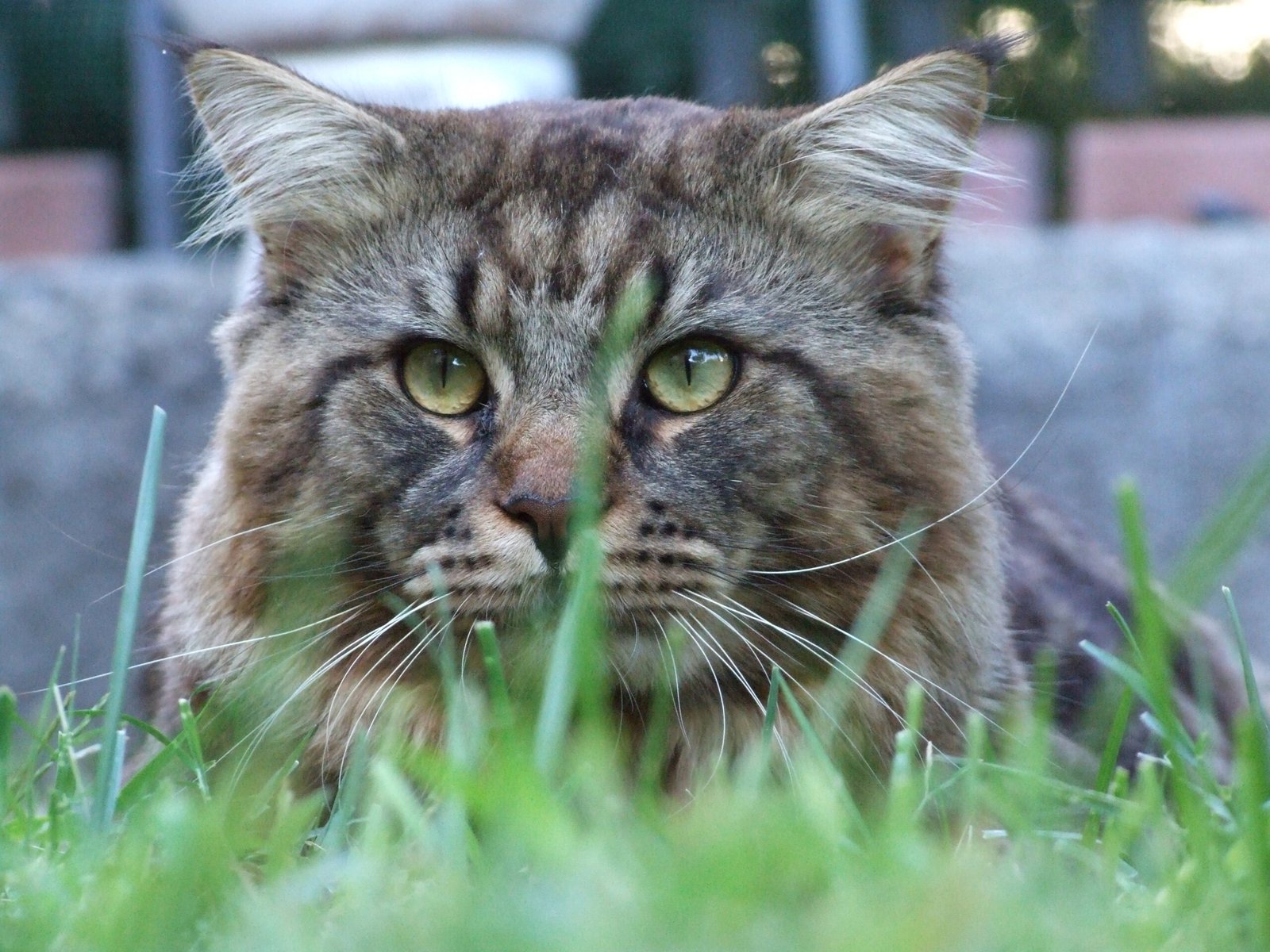Owning a cat can be one of the most rewarding experiences in life. These furry companions are full of character and charm, each with their own unique personality. However, forging a strong bond with your feline friend requires understanding, patience, and love. Cats might seem independent, but they thrive on companionship and affection. Here are ten essential tips to help cat owners build a deeper connection with their cats, ensuring a happy and harmonious home.
Understand Their Language
Cats communicate in a variety of ways, using body language, vocalizations, and subtle gestures. To bond with your cat, it’s crucial to understand what they’re trying to tell you. For example, a cat’s tail can speak volumes. A high tail often indicates happiness, while a low tail might suggest fear or insecurity. Purring typically signifies contentment, but it can also be a sign of distress. By learning to read these signals, you can respond appropriately, making your cat feel understood and safe.
Provide a Safe Environment
Cats are creatures of comfort and security. To help them feel at ease, ensure their environment is safe and welcoming. This includes offering cozy resting spots, scratching posts, and plenty of hiding places where they can retreat when they need some alone time. A secure environment not only makes your cat feel safe but also encourages them to explore and engage with you more freely. Remember, a content cat is more likely to be affectionate and open to bonding.
Engage in Playtime
Playtime is not just fun for cats, it’s essential for their physical and mental well-being. Engaging your cat in play can strengthen your bond significantly. Use toys that mimic prey, like feather wands or laser pointers, to stimulate their natural hunting instincts. Regular play sessions help expend excess energy and reduce stress, making your cat more relaxed and affectionate. Plus, it’s a fantastic way to share joyful moments and build trust.
Respect Their Personal Space

While cats can be affectionate, they also value their personal space. It’s important to respect their boundaries and not force interactions. If your cat seems uninterested in being petted or held, give them time and space. By respecting their autonomy, you demonstrate trust, which is fundamental to a strong bond. In time, your cat will likely approach you when they’re ready for some affection.
Offer Consistent Feeding Routines

Cats thrive on routine, and a consistent feeding schedule can be a simple yet effective way to foster bonding. Regular meal times provide structure and predictability, reducing anxiety and promoting a sense of security. Moreover, feeding time is an opportunity for positive interaction. You might create a special ritual, like gently calling your cat before meals, to make feeding a bonding experience.
Use Gentle and Loving Touch

Physical touch is a powerful way to connect with your cat. Gentle petting and stroking can be incredibly soothing to them, reinforcing your bond. Focus on areas where cats typically enjoy being petted, such as the base of the ears, under the chin, and along the back. Always pay attention to your cat’s reactions, and stop if they show signs of discomfort. Over time, your cat will associate your touch with comfort and affection.
Communicate with Positive Reinforcement
Positive reinforcement is an effective way to strengthen your relationship with your cat. Rewarding good behavior with treats, praise, or petting encourages your cat to repeat those actions. For instance, if your cat uses a scratching post instead of the furniture, reward them immediately. This not only helps in training but also builds a positive association with you, enhancing your bond.
Spend Quality Time Together
Just like any relationship, spending quality time is key to bonding with your cat. This doesn’t always mean active play; sometimes, it’s enough to simply be in each other’s company. Whether it’s sitting together while watching TV or reading a book, your presence can be comforting. These shared moments contribute to a deeper understanding and appreciation between you and your feline friend.
Introduce New Experiences Gradually
Cats can be sensitive to changes in their environment. Introducing new experiences, whether it’s a new pet, person, or piece of furniture, should be done gradually. Sudden changes can stress your cat, weakening your bond. Slowly acclimate your cat to new situations, offering reassurance and calmness. By ensuring they feel secure during these transitions, you reinforce their trust in you.
Visit the Vet Regularly
Regular veterinary visits are crucial for your cat’s health and your peace of mind. A healthy cat is a happy cat, and taking care of their health needs is an integral part of bonding. Routine check-ups can prevent potential health issues, ensuring your cat stays active and engaged. Moreover, your cat will learn to associate you with care and protection, strengthening your relationship.
In conclusion, bonding with your cat takes time, patience, and a lot of love. By understanding their needs and respecting their individuality, you can create a harmonious and fulfilling relationship that benefits both you and your feline companion.

Linnea is a born and bred Swede but spends as much time as possible in Cape Town, South Africa. This is mainly due to Cape Town’s extraordinary scenery, wildlife, and atmosphere (in other words, because Cape Town is heaven on earth.) That being said, Sweden’s majestic forests forever hold a special place in her heart. Linnea spends as much time as she can close to the ocean collecting sea shells or in the park admiring puppies.





